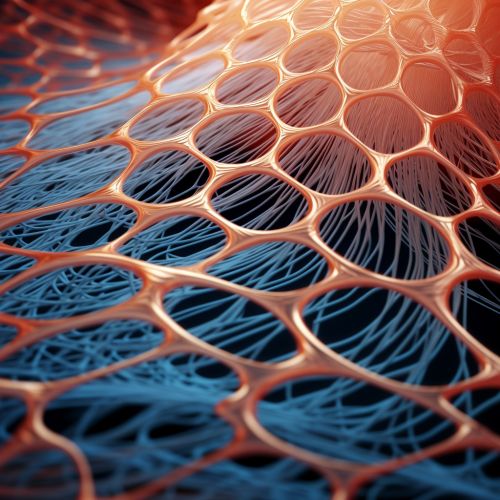Golgi Apparatus
Structure and Function
The cell is the basic unit of life, and within each cell are numerous organelles that perform specific functions. One such organelle is the Golgi apparatus, also known as the Golgi complex or Golgi body. Named after its discoverer, Italian physician Camillo Golgi, the Golgi apparatus plays a crucial role in the processing, packaging, and transport of proteins and lipids within the cell.


The Golgi apparatus is a system of flattened, membrane-bound sacs, or cisternae, that are arranged in a series of stacks. The number of these stacks varies depending on the cell type and its metabolic activity. For instance, cells involved in protein secretion, such as those in the pancreas, may have hundreds of stacks, while less active cells may have just a few.
The Golgi apparatus has a distinct polarity, with two different faces: the cis face and the trans face. The cis face, also known as the forming face, is the side closest to the endoplasmic reticulum (ER), where it receives proteins and lipids. The trans face, or maturing face, is the side where the processed proteins and lipids are sorted and dispatched to their final destinations.
Protein and Lipid Processing
The Golgi apparatus plays a central role in the post-translational modification of proteins. After proteins are synthesized in the ER, they are transported to the Golgi apparatus, where they undergo a series of modifications. These modifications can include the addition or removal of carbohydrate (sugar) groups, a process known as glycosylation, and the addition of phosphate groups, a process known as phosphorylation. These modifications can significantly alter the function and destination of the proteins.
Similarly, the Golgi apparatus is involved in lipid processing. Lipids synthesized in the ER are transported to the Golgi apparatus, where they are modified and sorted for transport to various parts of the cell.
Vesicular Transport
The Golgi apparatus is a major site of vesicle formation. Vesicles are small, membrane-bound structures that are used to transport materials within the cell. The Golgi apparatus forms vesicles at the trans face, which then transport the processed proteins and lipids to their final destinations. These destinations can include the plasma membrane, lysosomes, or other organelles within the cell.
Vesicle formation and transport are regulated by a variety of proteins, including coat proteins, which help form the vesicle, and motor proteins, which help transport the vesicle along the cell's cytoskeleton.
Pathological Conditions
Several diseases and conditions are associated with defects in the Golgi apparatus. For instance, Alzheimer's disease, a neurodegenerative disorder, has been linked to abnormalities in the Golgi apparatus of neurons. Similarly, certain types of cancer have been associated with changes in the structure and function of the Golgi apparatus.
